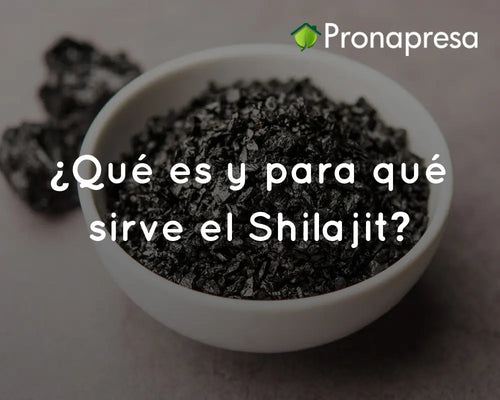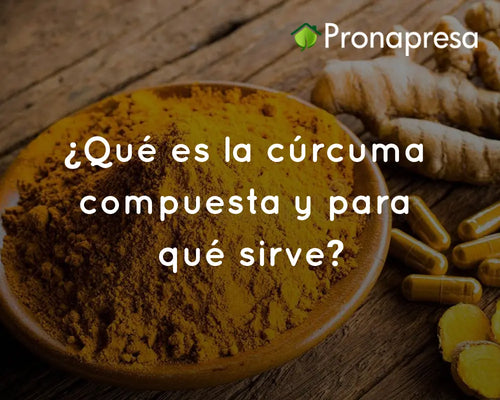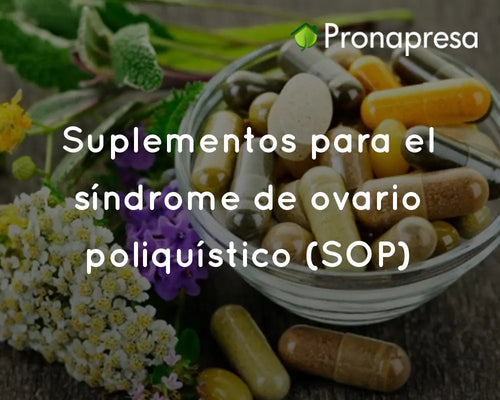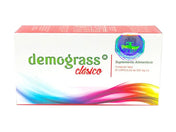
Cuachalalate: a natural ally for your digestive health
If you suffer from gastritis, ulcers, heartburn, or intestinal inflammation, you're probably looking for natural solutions that support your well-being without harsh side effects. This is where cuachalalate comes into play. This medicinal plant native to Mexico has been used for centuries in traditional medicine for its powerful benefits for the digestive system.
In this article, we'll explore the benefits of cuachalalate for digestive health , how it works in the body, and why you should consider it as part of your wellness routine.
What is cuachalalate and why is it used?
Cuachalalate ( Amphipterygium adstringens ) is a Mexican tree whose bark is rich in compounds with anti-inflammatory, antimicrobial, and wound-healing properties. Its traditional use has been supported by scientific studies demonstrating its positive effects on gastrointestinal health, especially for treating conditions such as:
- Chronic gastritis
- Gastric ulcers
- Colitis
- Indigestion and heartburn
Benefits of cuachalalate for digestive health
Cuachalalate for gastritis: natural and long-lasting relief
One of the most common uses of cuachalalate is as a natural treatment for gastritis . Its healing properties help regenerate the stomach lining, reducing inflammation and burning.
How does it work?
Cuachalalate forms a kind of protective film on the gastric mucosa, helping to reduce irritation caused by stomach acids.
Protection against gastric and duodenal ulcers
Cuachalalate may help prevent and treat ulcers by inhibiting the growth of Helicobacter pylori , a bacteria linked to these stomach ulcers. Its anti-inflammatory action also reduces pain and promotes the repair of damaged tissue.
Studies support its effectiveness
Research conducted by UNAM has shown that cuachalalate extracts have gastroprotective activity and promote the regeneration of the gastric epithelium.
Reduction of intestinal inflammation and relief of colitis
Colitis, both ulcerative and nervous, can improve significantly with regular use of cuachalalate. This herb reduces colon inflammation, soothes abdominal pain, and improves bowel movement.
Key active ingredient:
The tannins in cuachalalate have astringent effects, which help reduce diarrhea and improve overall intestinal health.
Improves digestion and combats heartburn
Regular consumption of cuachalalate infusion or extract can help maintain a healthy digestive system by stimulating the proper production of gastric juices and reducing reflux.
Ideal for people with slow or heavy digestion.
After heavy meals, taking cuachalalate can relieve the feeling of fullness and facilitate digestion without the need for chemical antacids.
How do you take cuachalalate?
Common forms of consumption
- Infusion : Boil the bark in water for 15 minutes and drink after each meal.
- Capsules or liquid extract : Available in health food stores and herbalists, with controlled dosage.
Professional recommendation:
It is recommended that you consult with a natural health specialist before starting prolonged use, especially if you are taking other medications.
Why choose cuachalalate as a natural alternative?
Choosing cuachalalate is a holistic and natural approach to digestive care. Unlike conventional medications that only treat symptoms, this herb supports the body's natural healing mechanisms.
If you're looking for a natural and effective remedy for digestive problems, cuachalalate is an excellent option . Its gentle yet powerful action makes it an ideal alternative for those seeking healing without harming the body. Incorporate this plant into your daily life and experience its benefits!























































